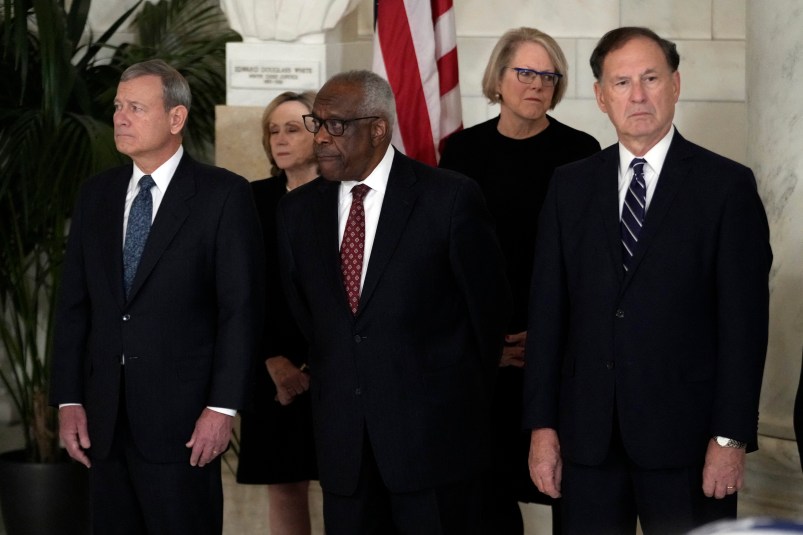More on blind trusts from TPM Reader PW …
Speaking from experience, someone who puts assets in a blind trust but still sees their own tax returns will generally have a decent-to-exact idea of what original assets are in the trust, because sales generate accountings of gross proceeds and bases (even if the stock names are blocked out). Unless you were completely out of touch with your holdings, that’s enough to know what’s still in the trust and what’s gone. It’s not unusual for the trustee and the beneficiary to talk in general terms about investment strategies, and occasionally in more specific terms. Any “instruction” about what to sell and what to hold, of course, would violate at least the spirit and possibly the letter of the trust.
(The trustee — who is it for frist? — is between a rock and a hard place here, because once they have good reason to believe that a transaction will serve the beneficiary’s financial interests, they have a fiduciary duty to execute it; it’s not clear that there’s an exception for insider information there.)
(The question of who the trustee is might be important for other reasons — if it’s a family member or close associate, the relevant flow of information might have been in the other direction, and it would be very significant to see which other members of the clan also sold in the same period. By claiming to have given instructions, Frist might be covering for the trustee.)
More <$NoAd$> soon.






